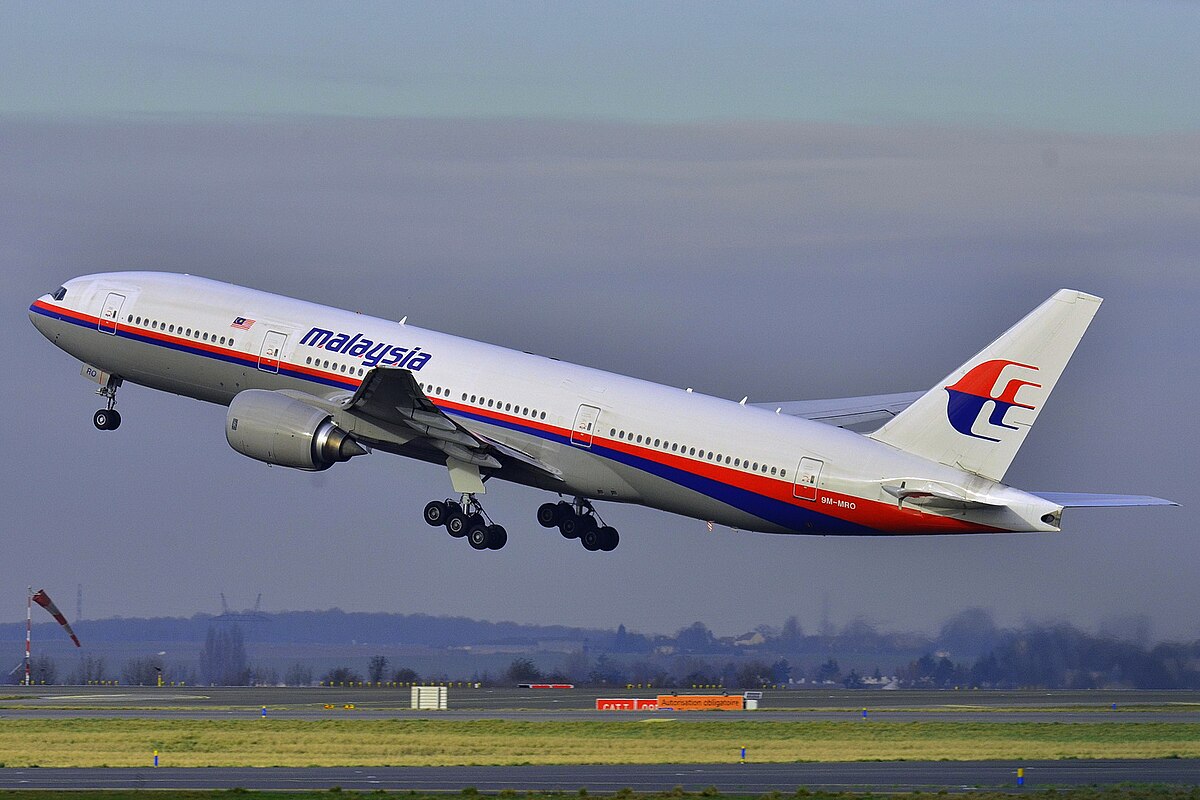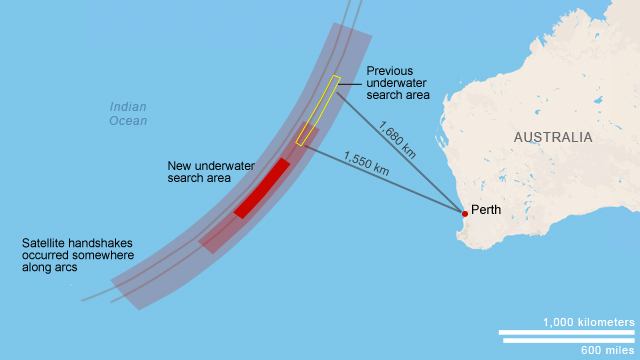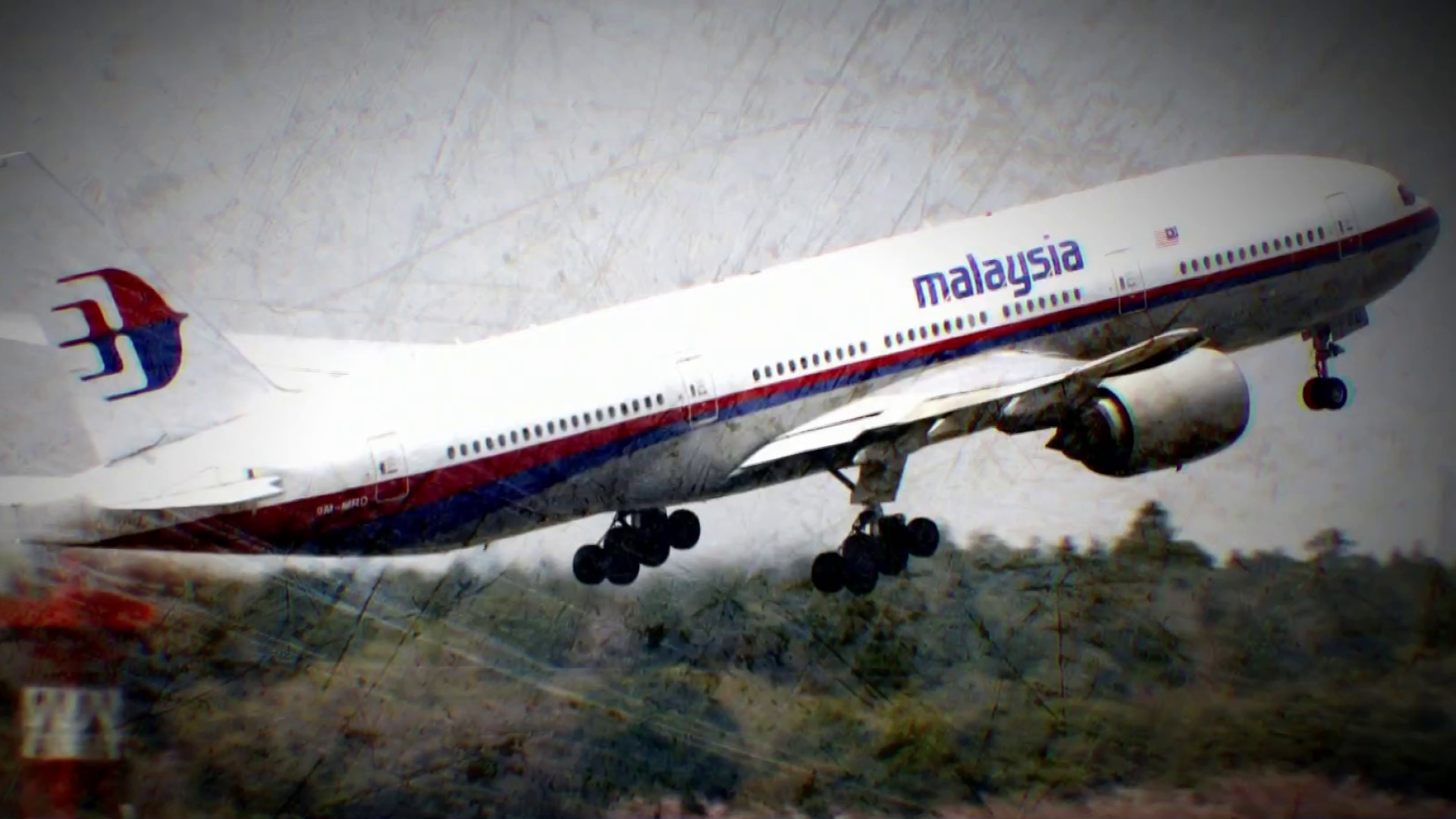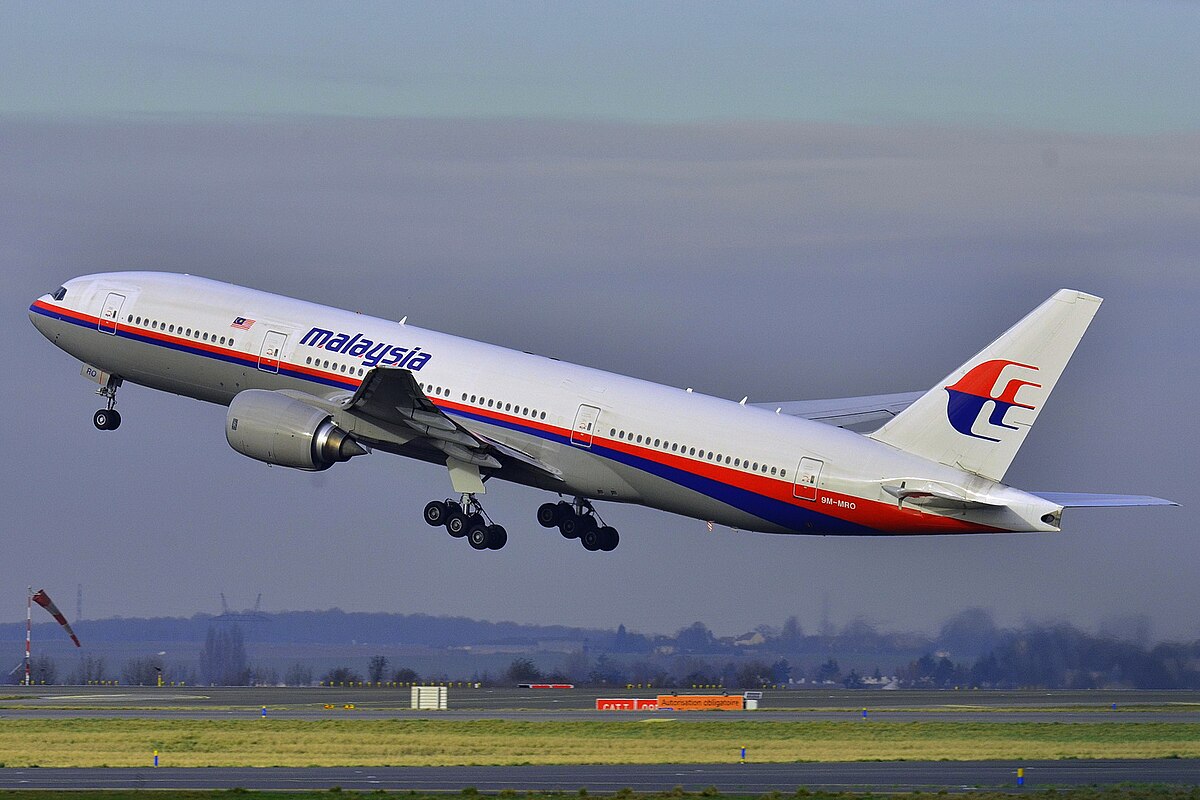In the early morning of March 8, 2014, Malaysia Airlines Flight 370 vanished into thin air, transforming an ordinary international flight into one of the most perplexing aviation mysteries in modern history. With 239 souls on board—227 passengers and 12 crew members—the Boeing 777-200ER aircraft departed from Kuala Lumpur International Airport, bound for Beijing, China, but never reached its destination.

The Malaysia Airlines Boeing 777-200ER (9M-MRO) that operated as Flight 370. Credit: Wikipedia
The flight’s last known communication occurred at 01:19 Malaysia Time, when Captain Zaharie Ahmad Shah casually responded, ‘Good night, Malaysian three seven zero’ to air traffic control. Minutes later, the aircraft mysteriously disappeared from radar screens, marking the beginning of an unprecedented aviation investigation.
Military radar tracked the plane deviating dramatically from its original flight path, turning westward across the Malay Peninsula and into the Andaman Sea. This unexpected deviation raised immediate questions about the flight’s intentional course change and the potential reasons behind it.

Map showing the refined search area for MH370. Credit: CNN
What followed was the most extensive and expensive search operation ever conducted in aviation history. Spanning multiple countries and costing over $150 million, the multinational effort scoured vast stretches of the southern Indian Ocean. Multiple search phases involved sophisticated underwater vehicles, autonomous drones, and cutting-edge sonar technology.
Initial searches focused on the South China Sea and Andaman Sea before satellite communication analysis suggested the aircraft had traveled far south into the Indian Ocean. Despite exhaustive efforts by Australia, Malaysia, and China, the primary wreckage remained elusive.
Numerous theories emerged to explain the flight’s mysterious disappearance. Speculation ranged from technical malfunction and pilot suicide to more elaborate conspiracy theories involving hijacking or governmental intervention. A 2018 investigation suggested the plane’s controls were deliberately manipulated, but conclusive evidence remained frustratingly out of reach.
Forensic analysis of recovered debris—including a wing flaperon found on Réunion Island in 2015—confirmed pieces of the aircraft but provided no definitive answers about its final moments. The debris drift studies suggested a crash location in the southern Indian Ocean, but the precise circumstances remained unknown.

Ocean Infinity’s new search effort brings fresh hope. Credit: NBC News
The disappearance of MH370 triggered significant changes in aviation safety protocols. The International Civil Aviation Organization implemented new standards requiring more precise aircraft tracking, extended flight recorder recording times, and improved underwater locator beacon technologies.
In a remarkable development, Malaysia recently announced a renewed search effort in December 2024. Ocean Infinity, a marine exploration firm, will conduct a new search covering 15,000 square kilometers in the southern Indian Ocean under a ‘no find, no fee’ arrangement.
For the families of those 239 individuals, this represents more than just a search—it’s a quest for closure, understanding, and peace. Their hope remains undiminished, even a decade after the mysterious disappearance.
As technology advances and new investigative techniques emerge, the world continues to watch and wonder: What truly happened to Malaysia Airlines Flight 370?
References:
Wikipedia – Search for Malaysia Airlines Flight 370 – link
CNN – MH370 Flight Path and Search Areas – link
NBC News – Malaysia Approves New Search for MH370 – link
Categories: Aviation, Mystery, News, Technology, Unsolved Mysteries
Tags: aviation mystery, aviation safety, Boeing 777, flight disappearance, Malaysia Airlines, MH370, Ocean Infinity
Religion: Not applicable
Country of Origin: Australia, China, Malaysia, United States
Topic: Aviation Mystery
Ethnicity: Multiple


